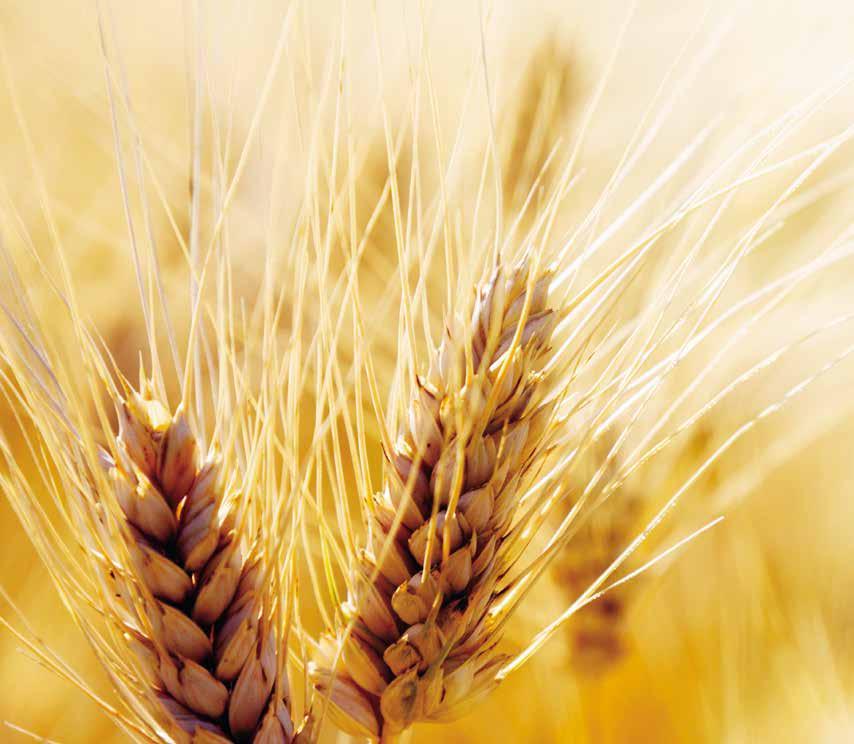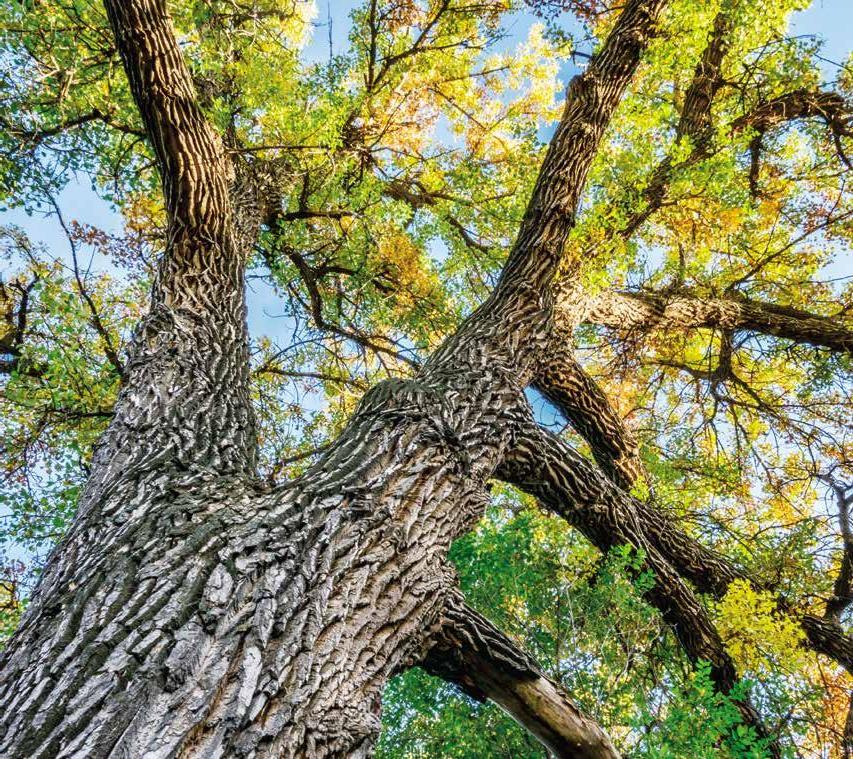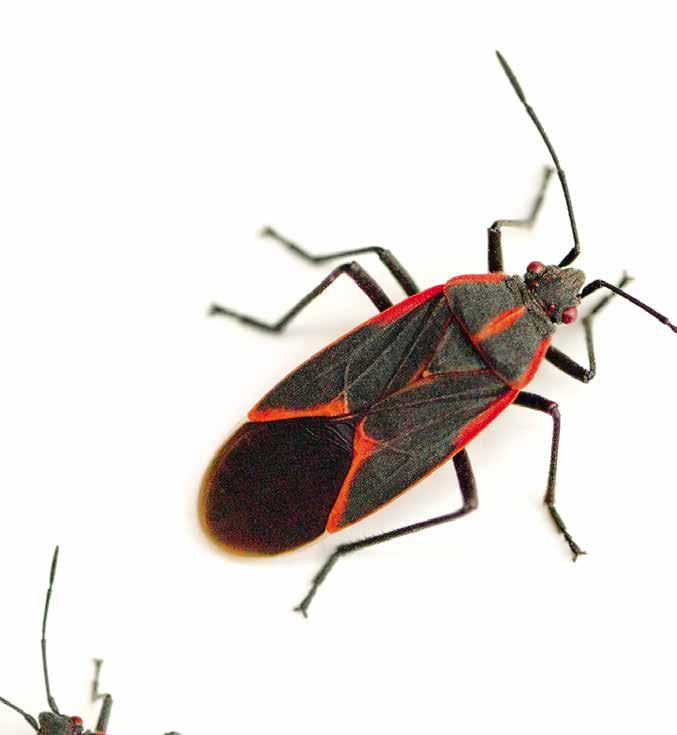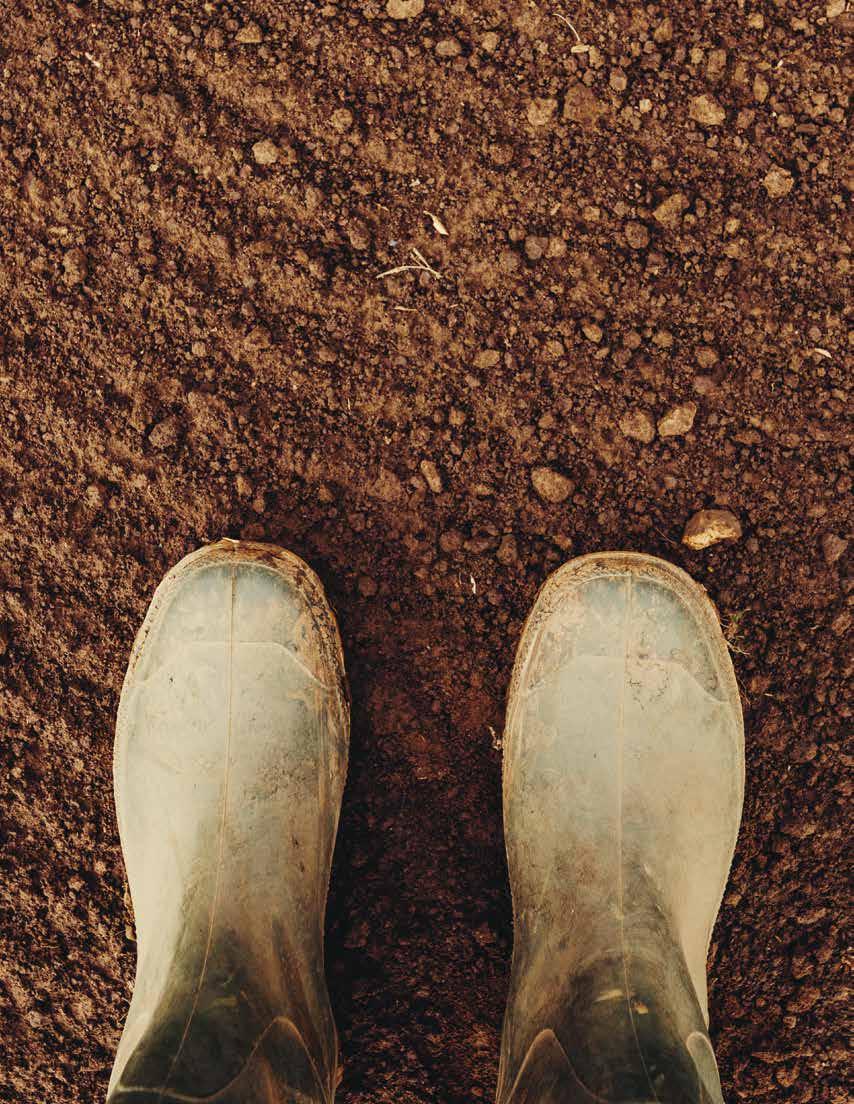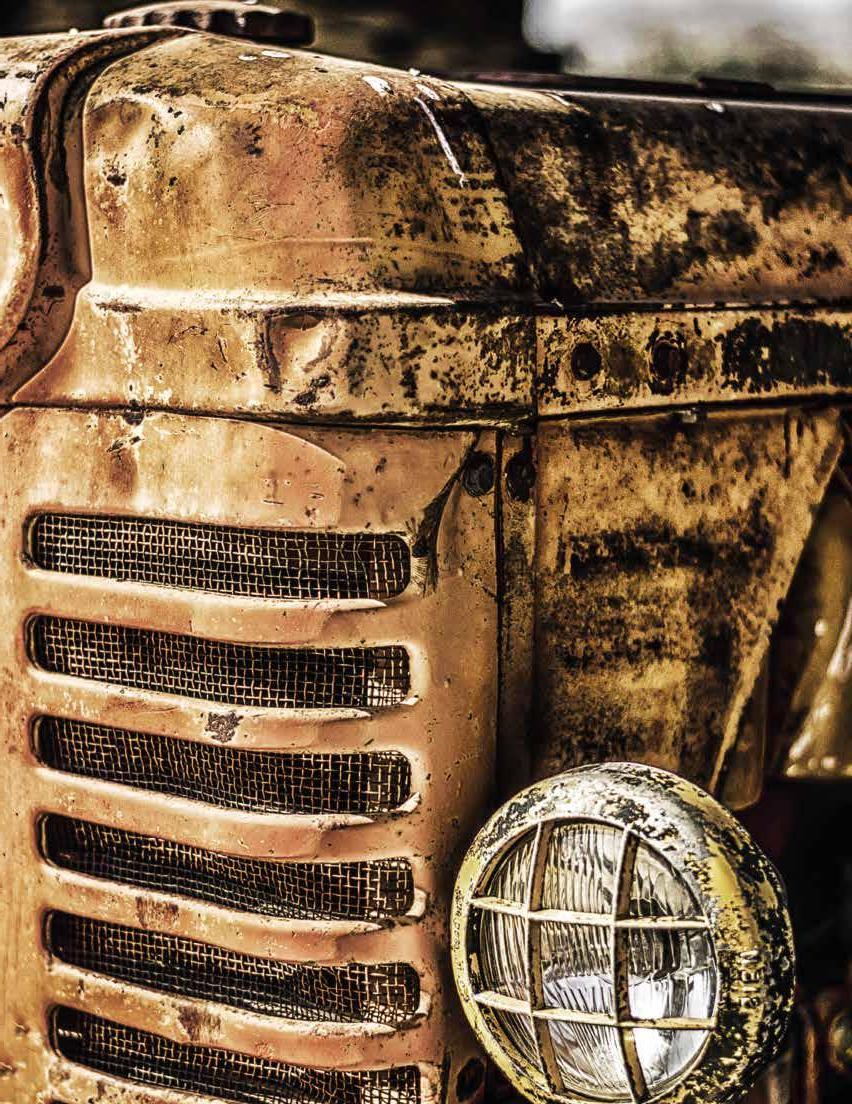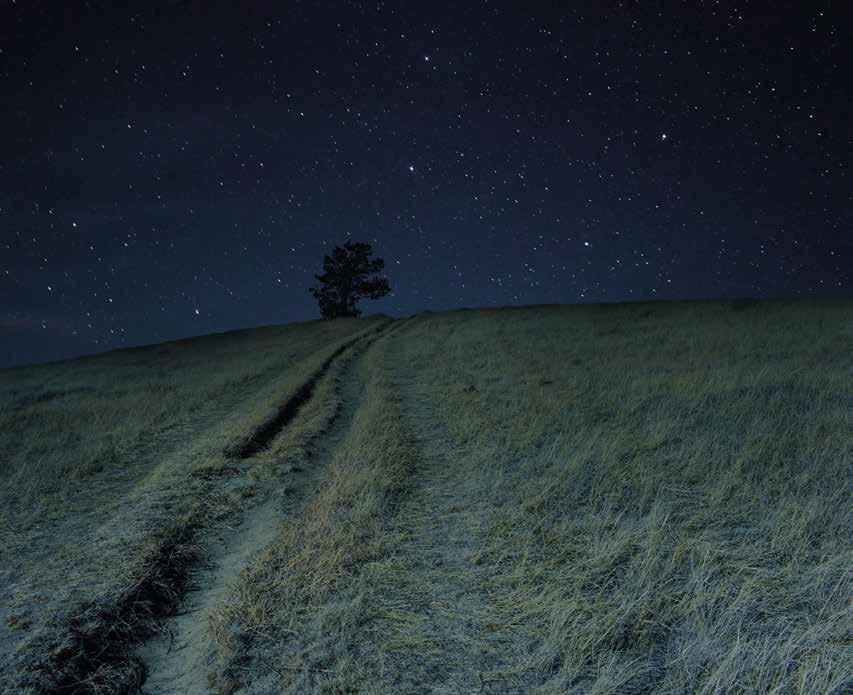| SENSE OF PLACE |
CIRCLE OF CONCERT by Raylene Nickel
I
stand before a winter gathering of beginning farmers in the hamlet of Tuttle, North Dakota, and begin to tell the story of
the soil of our farm. I have been invited to join two other presenters in discussing soil and its health for this event hosted by FARRMS—the Foundation for Rural Resource Management and Sustainability. The farmers are interspersed amid listeners from other walks of life. A woman sitting at the front, of middle years and glistening black, waist-length tresses, listens as if she must catch every strain of wisdom there might be in my story. Behind her, a young man averts his gaze when I glance his way. While across the room, another young man looks at me with steady eyes, weighing my words, as does the dark-haired woman beside him. Always I shift my eyes back to the captivating woman at the front straining to catch even the smallest kernels of truth. I pray there are a few such kernels. For I empathize with beginning farmers; I feel their hopes, their dreams, and their challenges as if these were my own. It seems only yesterday that my husband, John, and I came to our farm thirty years ago, near the village of Kief, some seventy-five miles north of Tuttle. The PowerPoint image to my left portrays John as he appeared in his fifties, broad-brimmed cowboy hat shading
30
intense blue eyes and graying, close-cropped beard. We came to the farm where I had grown up, where I had learned to handle cattle and horses. I met John, a herd manager, while working on a large cattle ranch in Manitoba, where I had migrated after graduating from Minot State University with degrees in English and psychology. Despite the degrees, working outdoors with cattle had seemed the most comfortable fit for my life. Two years after our marriage, John and I came to North Dakota to take over my family’s farm. Dreams filled us to near-bursting. Dreams of working with our hands, feeling the sun and wind on our faces; dreams of raising cattle, maybe some crops, and lots of hay. Hope was a shining star that lit the horizon with a vision. Almost daily, I carried that hope to a broad-crowned hill east of our farmstead. From that big hill, I gazed all about, imagining the farm as it would one day become. John very often came with me. And it is from the vantage of this hill that I begin the story of our soil for the beginning farmers. When John and I came to the farm, the top of the Big Hill was windswept, with bare soil glaring out from wide spaces between scraggly plants, mostly thin-stemmed grasses. A broad bank of drift soil bordering the hill’s southern boundary told the story of the Hill’s hard-scrabble life. Decades of plowing and cultivating had pulverized the already fragile soil of the Hill, shattering it into fine dust. Over time, winds swept the surface of the Hill, lifting the soil and carrying most of it away to the south while dropping some in the entrapping wires and posts of an old fence line. The fence was half-buried in drift soil when John and I came to the farm. John’s response to the soil erosion on the Hill was intuitive. He refused to till across the top of it. He left the surface undisturbed, freeing it to grow whatever it chose, giving it time to heal as soil organisms slowly rebuilt the earth from the roots and residues of plants.





